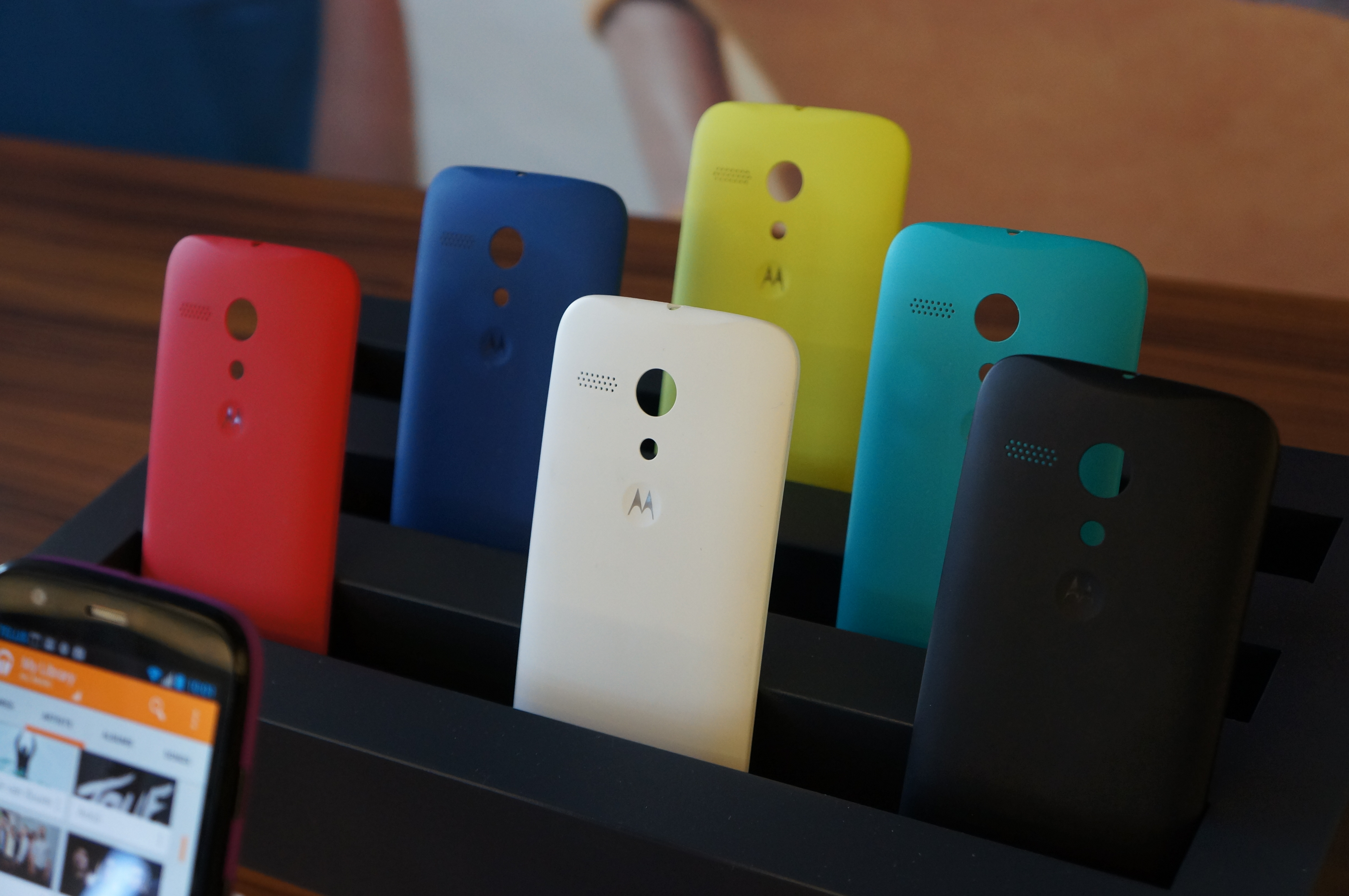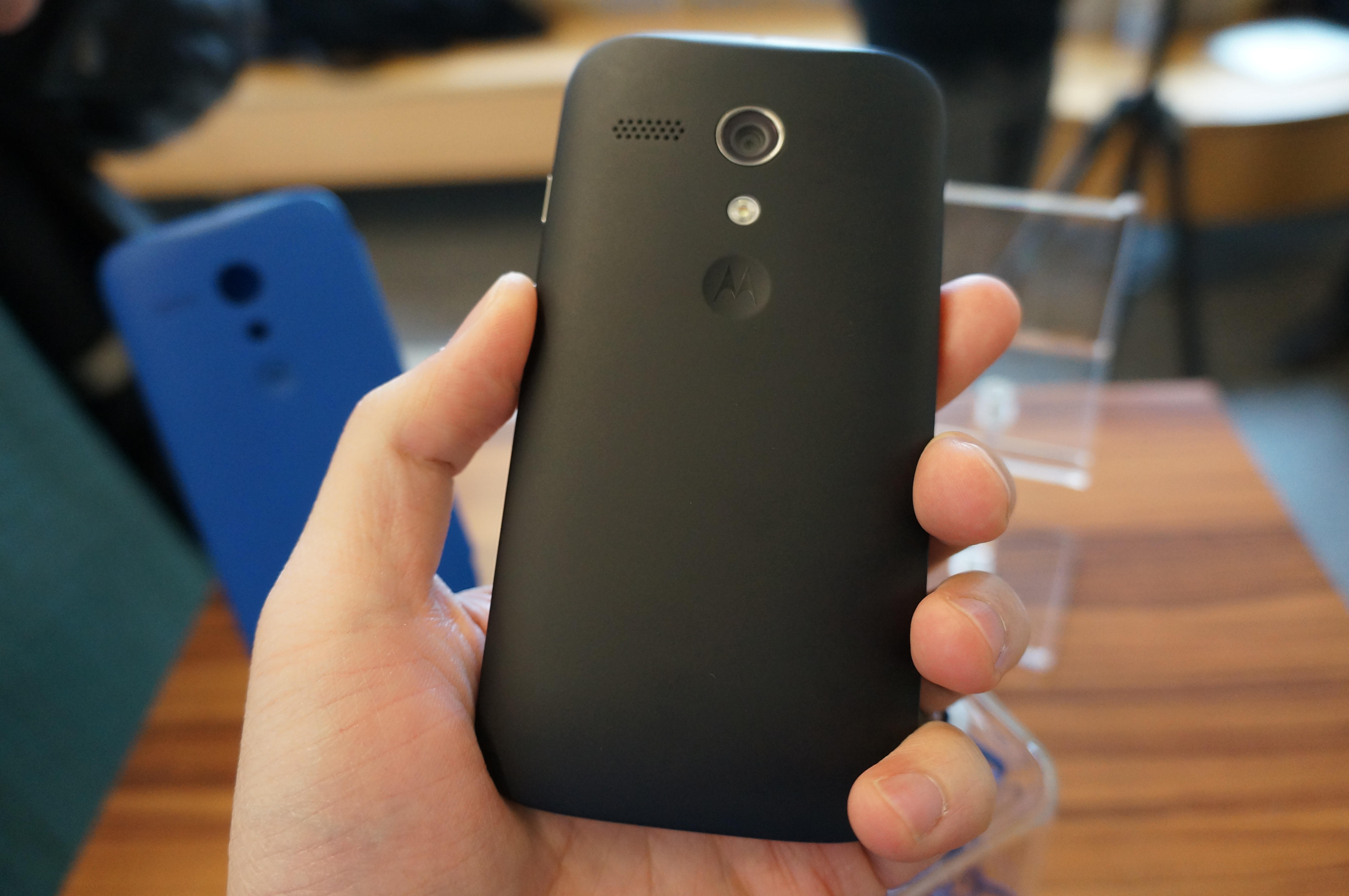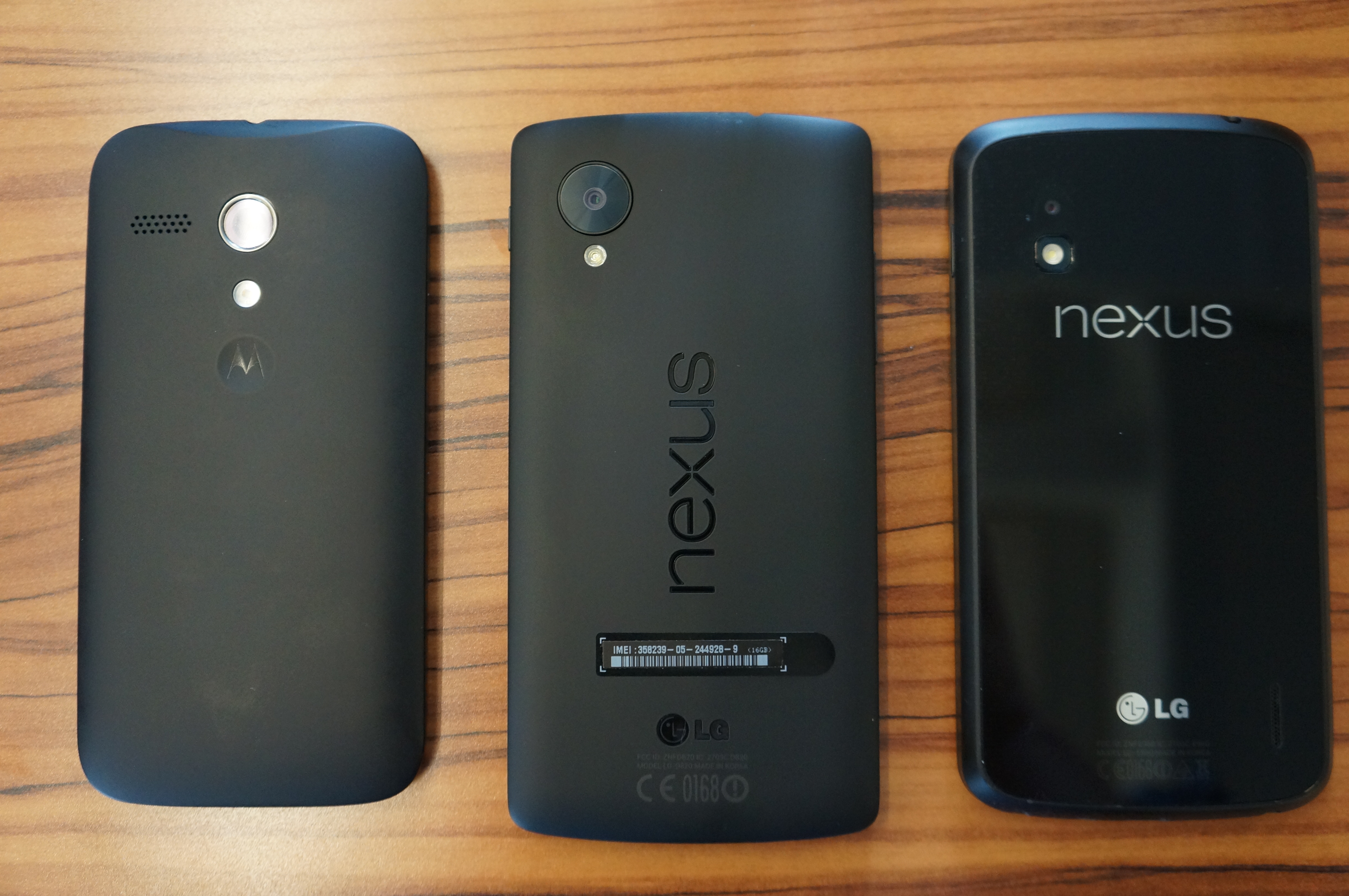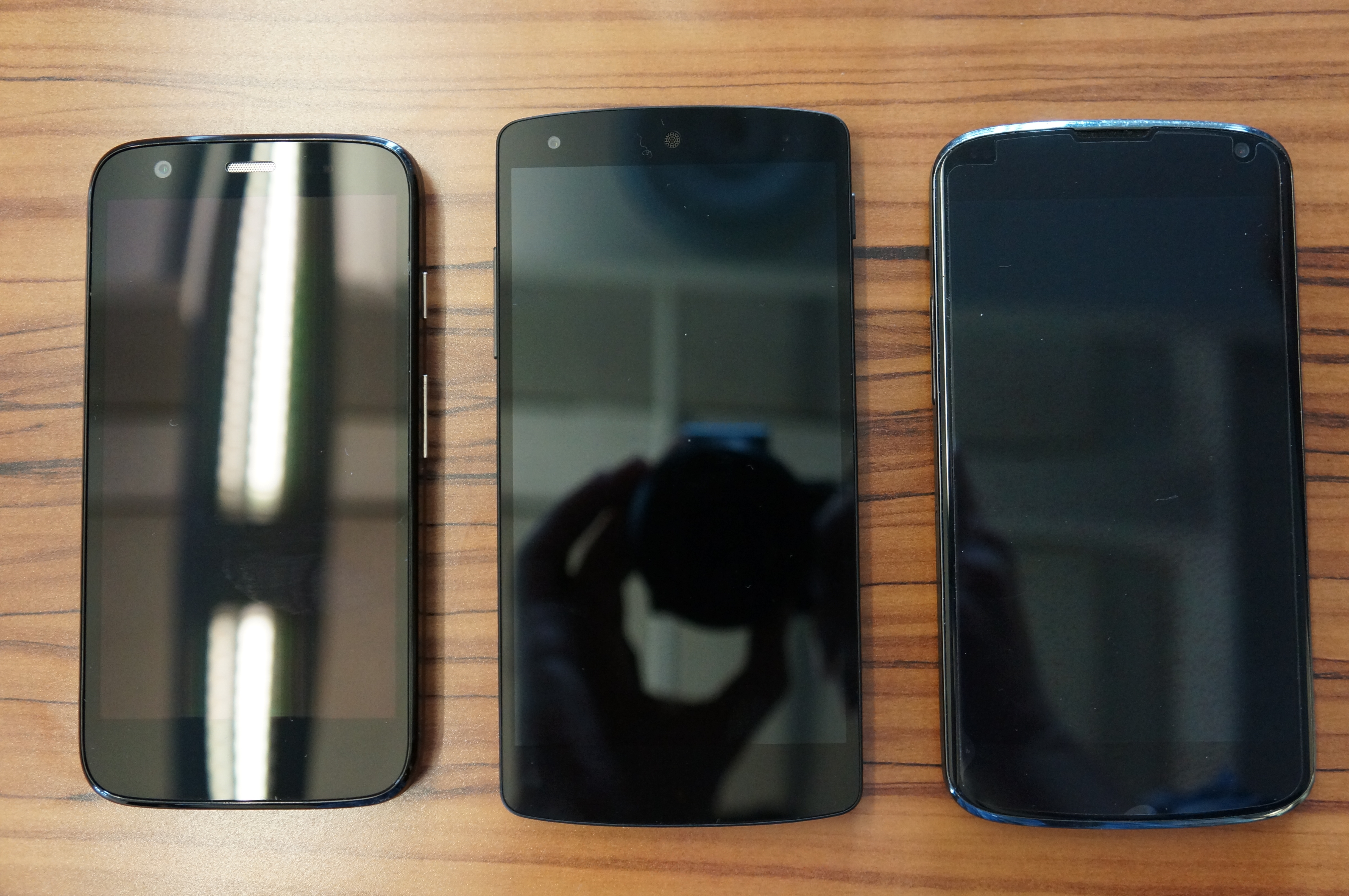Nexus 5, Nexus 4, Moto G: Off-contract Android Heaven
There's never been a better time to be carrier contract-free, thanks to the latest Nexus phones and Moto G.
There's been never a better time than now for consumers looking to get a new Android smartphone (that doesn't suck) without being tied to a ball-and-chain sort of contract with one of the big wireless carriers.
Google together with LG shook the pricing model of the high-end smartphone with the introduction of the Nexus 4. Even without (official) support for LTE, the Nexus 4 was a runaway hit thanks to its $299 price point. It was sold out for months in Google's Play Store, and commanded much more than sticker price on the buy-and-sell markets.
The just-released Nexus 5 replaces the Nexus 4 but boosts the entry price to $349, albeit with 16GB in the starting model. Like the Nexus 4, the Nexus 5 boasts the same top-end Snapdragon processor of other smartphones twice its price.
Motorola takes the value proposition of the Nexus line and takes it even a step further with today's Moto G reveal. The Moto G smashes smashes through current pricing models (and expectations) with a starting price of $179 from Motorola, with no contract, carrier unlocked.
Like the Nexus 4 and 5, the Moto G gets to that amazing price point with some compromises. For one, it doesn't have LTE, but given that 4G is still roiling out worldwide (with a whole mess of different bands), it's understandable. Motorola set out to deliver a modern Android experience to those who would otherwise be relegated to years-old models, and chose to spend the money on the 720p display that looked very good in our early impressions and the quad-core Snapdragon 400. Sure, the SoC is a step behind that of the Nexus 4, but in regular tasks it feels just as snappy -- further highlighting the wise choice of sticking closely to stock Android.
It may actually be a shame that the Nexus 4 is no longer offered. If it were, even at original prices, then a consumer could pick from a modern-day Android phone at $179, $199, $299, $349, and $399 -- all at no contract, unlocked prices.
This new trend supported by Google (and its subsidiary Motorola Mobility) is a boon to phone users at almost even level. The Nexus 4 and Nexus 5 delivers enthusiasts top-of-the-line mobile processors at prices half of other flagship devices, all while providing what we feel are superior software experiences. The Moto G, on the other hand, will accomplish the very same but for a different segment. Customers with prepaid plans with less than $200 to spend often had to settle for a slow device with already-outdated software. Now the Moto G lets them buy in to the modern Android experience at only a fraction of the cost.
Get Tom's Hardware's best news and in-depth reviews, straight to your inbox.
Could this be Google's secret plan to capture the worldwide market? Possibly. Before the release of the latest iPhones, the buzz about the iPhone 5c was that it was going to be Apple's invasion into the low-cost market. The iPhone 5c's unlocked, off contract pricing of $600 isn't going to do that, but the Moto G could very well blaze the trail to Android world domination.
Moto G vs. Nexus 5 vs. Nexus 4
For more:
Motorola Announces the $179 Moto G
Follow Marcus Yam @MarcusYam. Follow us @tomshardware, on Facebook and on Google+.
-
gladosiri Good stuff. Phones for everyone.Reply
Too bad this encourages even more kids to own a phone now.. -
Patrick Tobin I love my Windows Phone but I will be switching to Android as I cannot afford Apple nor can I get all the features I need for my work now with my Windows OS. It is unfortunate as I love the interface and snappiness of WP8.Reply -
vern72 ...and this is the part of the formula that Apple doesn't get: different price points. That's why Android is at over 80% saturation.Reply -
ipwn3r456 Reply11931841 said:only am i seeing elephant in the corner of the room... no replaceable batteries!
I bet you never own a smartphone before... -
ioconnor No copy editor? The punctuation and grammatical problems in this article were distracting.Reply -
ioconnor This evening I ordered the T-Mobile $70 unlimited 4G prepaid plan to go with my Nexus 5. T-Mobile's plan is suppose to be unlimited with no throttling.Reply
Has anybody actually tested this plan? -
Bloob Reply...and this is the part of the formula that Apple doesn't get: different price points. That's why Android is at over 80% saturation.
Apple does get it, but they choose to not care, they still have about 50% market share in high end devices, and they still get the most of the best apps first. Not sure how long that will last, but people who own iDevices tend to be more likely to use money on apps as well. Of course, Nexus -devices are little more than advertising platforms, so they are usually best value for money hardware -wise.








